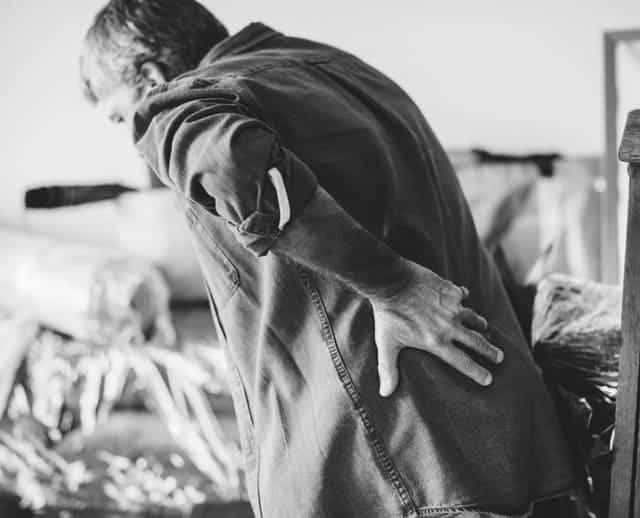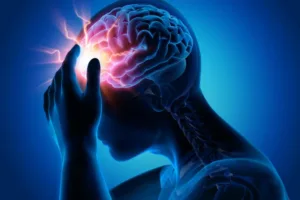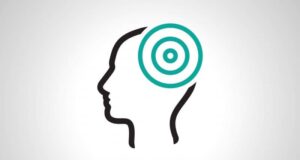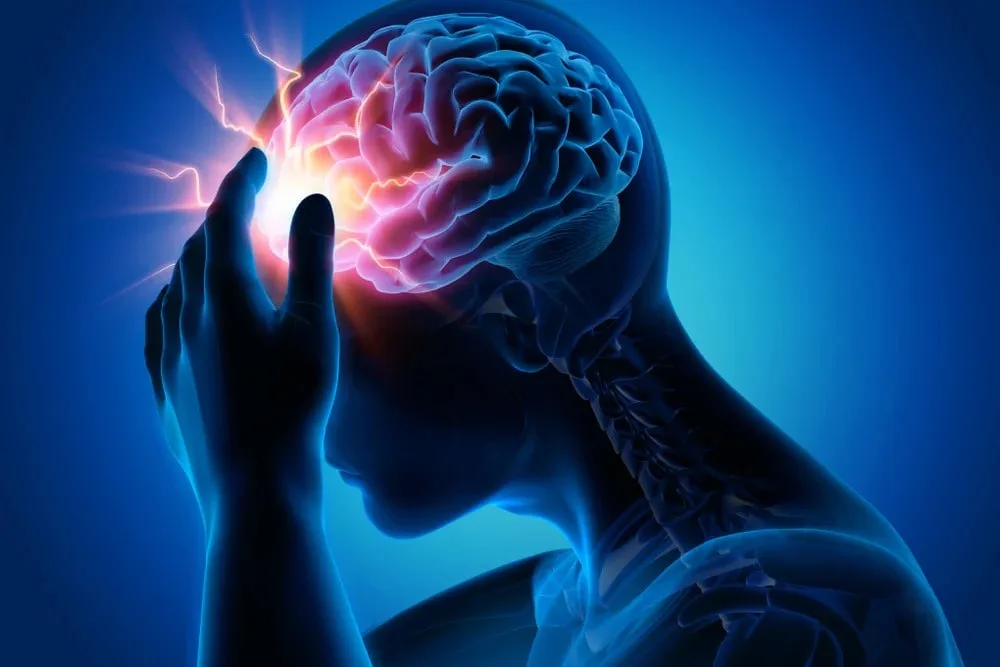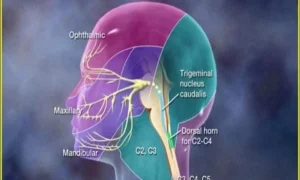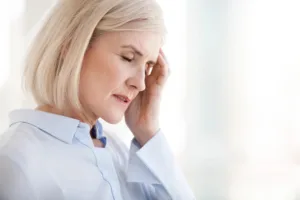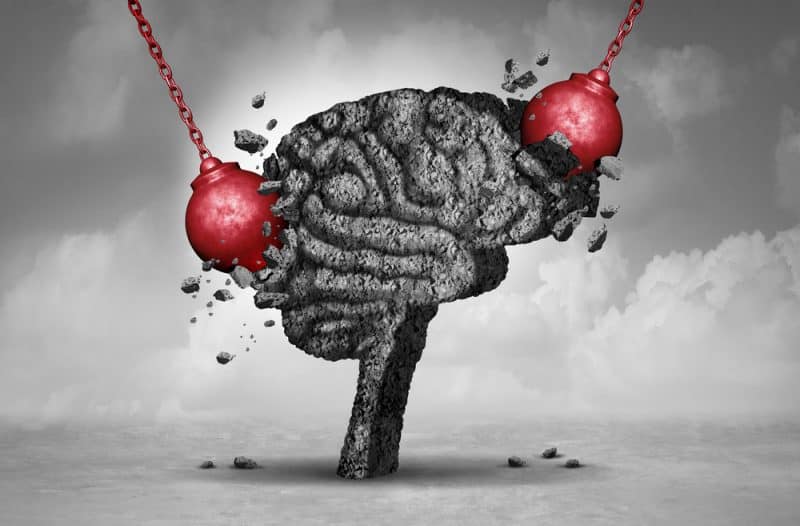Introduction
Acute mechanical back pain is one of the most common reasons for visiting a medical practitioner, and between 49% and 90% of people in developed countries will experience at least one episode of low back pain during their lifetime. Low back pain is the most common and most expensive cause of work-related disability in developed countries. The prevalence of mechanical low back pain is most common among the working population, with peak incidence occurring in people aged between 30 and 50 years.
Typically, this type of back pain resolves within 2-4 weeks, but sometimes, the symptoms may persist for up to 2 months. Approximately 24% to 80% of patients will experience further episodes within a year, and over three quarters will have a reoccurrence at some point in their lives. A small minority of patients (2% to 7%) will develop chronic low back pain. The term “mechanical” refers to the fact that the source of the pain likely arises from spinal discs, joints, spinal vertebrae or soft tissues.
Often, the individual with acute mechanical back pain presents with a history of one or more of the following events:
- Prolonged sitting (this includes sedentary jobs, and jobs that involve driving a vehicle).
- Lifting of a heavy object (or person), or twisting while lifting a heavy object.
- Operating machinery which causes vibrations.
- Being involved in a motor vehicle accident, and especially, in a collision
- Falling down
What are the risk factors for acute mechanical low back pain?
Acute mechanical low back pain often results from an acute traumatic event, but sometimes, it can also be caused by cumulative trauma. Scientific studies have revealed several important risk factors associated with increased probability of acute mechanical low back pain.
It has been demonstrated that being overweight and obesity are important risk factors of low back pain. In addition, other research has shown that a sedentary lifestyle is another important risk factor of low-back pain. Other risk factors for acute low back pain include smoking (currently or previously), alcohol use, lack of sleep, obesity, and lack of leisure-time physical activity.
Spine mechanics and low back pain
Due to the anatomy of the human spine, the movements of the lumbar (lower back) spine consist of the collective motions of the vertebrae, with 80-90% of the lumbar flexion/extension occurring at the L4-L5 and L5-S1 intervertebral disks. The lumbar spine position most at risk for producing acute low back pain is forward flexion (bending forward), rotation (twisting the trunk), and attempting to lift a heavy object with out-stretched hands.
Repetitive and compressive forces produced by tasks such as heavy lifting or sitting for long periods of time can cause the wearing down, tearing and herniation of spinal discs, leading to nerve compression and pain.
In addition, bending and twisting forces can also cause strains of ligaments located in the lower back, causing pain and inflammation. Finally, bending, twisting of the trunk and lifting of the heavy objects can also cause significant strain on the muscles of the lower back, which, which may result in spasm, straining and acute pain.
Very often, the exact anatomic location and cause of acute mechanical lower back pain cannot be identified exactly. Other causes of mechanical back pain include conditions such as spinal stenosis, zygapophysial joint pain, discogenic pain, vertebral fractures, sacroiliac joint pain, and myofascial pain.
What are the symptoms of acute mechanical lower back pain?
Typically, acute mechanical lower back pain is localized to the lower back. The sensation of lower back pain may also radiate the buttocks and thighs. In addition, many individuals with acute mechanical lower back pain also feel spasms in the lower back. In addition, the back pain symptoms are generally more noticeable when bending and when lifting heavy objects.
How is acute mechanical lower back pain treated?
First, each patient’s lower back is assessed with a physical examination in order to rule out other causes of back pain and to confirm that the acute lower back pain is mechanical in nature. Additional tests may also be carried out, including X-rays, computed tomography (CT), magnetic resonance imaging (MRI), and blood tests.
Typically, individuals suffering from acute mechanical lower back pain undergo conservative treatment, meaning non-surgical treatment with over-the-counter pain and anti-inflammatory medications. Medications prescribed for acute cases of mechanical lower back pain include non-steroidal anti-inflammatory drugs (NSAIDs), such as ibuprofen.
In addition, if muscle spasms are present, muscle relaxants may be prescribed additionally. Other medications used for relief of low back pain include topical analgesics, opioids, corticosteroids, antidepressants, and anticonvulsant medications.
For patients with severe pain, a short period of bed rest may be recommended (for up to 48 hours). Typically, early mobilization and return to work are recommended and encouraged.
Most health care practitioners also recommend applying heat and ice packs in alternation over the affected area (i.e. applying heat for a period of 15-20 minutes, then applying ice for a period of 15-20 minutes, and repeating the cycle again).
Early physical activity is often recommended to promote rapid healing. Sometimes, physiotherapy can be prescribed as part of treatment for acute mechanical lower back pain. Typically, physical therapy for lower back pain involves using exercise programs strengthening specific muscle groups in the lower back in order to promote healing and strengthen the lower back.
Patients suffering from acute mechanical lower back pain and who are not improving may benefit from referral for spinal manipulation provided by a trained spinal care specialist, such as physical therapist, chiropractor, osteopathic physician, or physician who specializes in musculoskeletal medicine. In addition, massage therapy and acupuncture can be recommended as part of the overall treatment program.
Prevention strategies for acute mechanical low back pain
Several important lifestyle factors play important roles in the prevention of acute mechanical low back pain. Weight loss and getting regular physical exercise can be a very effective strategy in preventing low back pain. Other important techniques for low back pain prevention include back strengthening exercise which focus on the muscles of the lower back, and using proper lifting technique when lifting heavy objects.
What is the prognosis for acute mechanical low back pain?
In the majority of cases, acute mechanical low back pain resolves on its own within 2-4 weeks. Typically, early return to work is recommended. Although prognosis for acute mechanical low back pain is excellent, recurrences can happen in some individuals.
As such, the aforementioned prevention strategies, in combination with a home exercise program targeted to strengthen lower back muscles for greater support, can be effective in prevention of subsequent recurrences.


